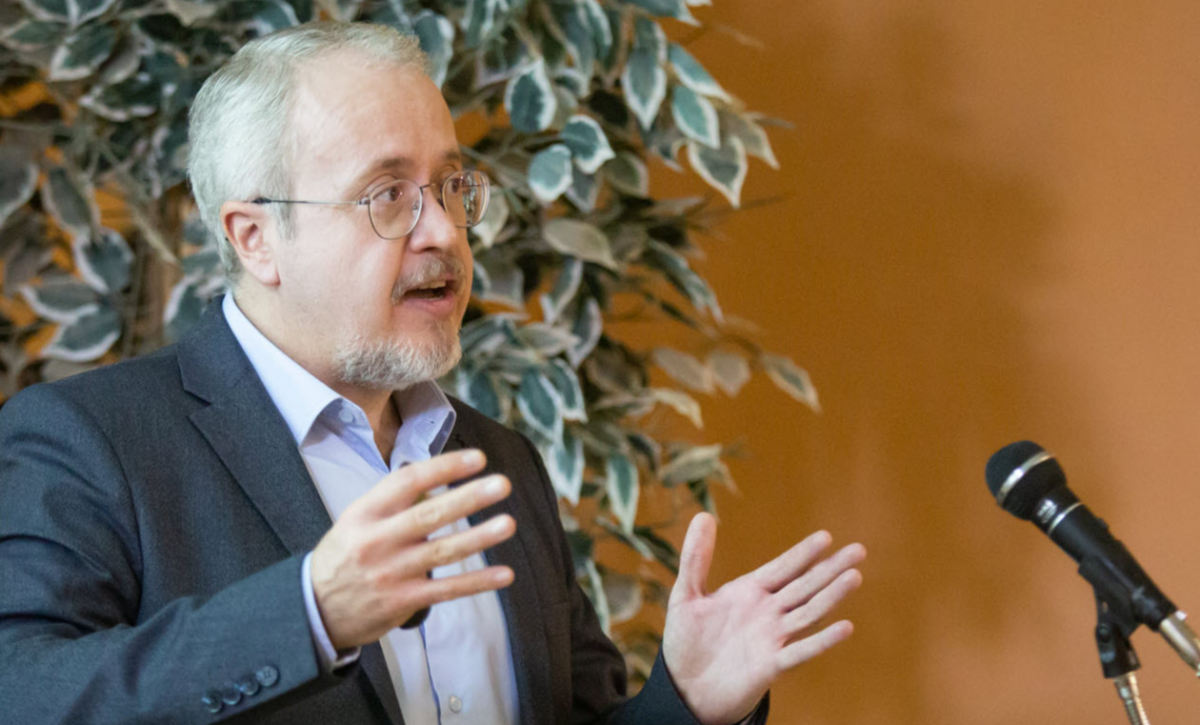An introduction to Murat Uysal’s achievements


It was in the late 19th century that the concept of using light for communication was first explored by Alexander Graham Bell.
MSTF media reports
Bell experimented with a device called the Photophone. It used sunlight to transmit sound signals, but its range was limited. Later, the invention of lasers in the 1960s revolutionized optical communication. Lasers provided a focused and coherent beam of light that could be used for long-distance transmission. In the 1970s and 1980s, researchers began developing practical optical communication systems. These systems used lasers to transmit signals through the atmosphere over short distances, typically in the range of a few kilometers.
In the 1980s, the focus shifted to fiber-optic communication, where light signals were transmitted through optical fibers made of glass or plastic. This technology allowed for much higher bandwidth and longer-distance transmission compared to free-space optical communication. In the 1990s, infrared (IR) communication became popular for short-range wireless applications, such as remote controls and wireless data transfer between devices. IR communication used non-visible wavelengths of light and was limited by line-of-sight requirements.
In the late 1990s and early 2000s, researchers started exploring the use of free-space optical communication for long-distance transmission. This technology used lasers to transmit signals through the atmosphere without the need for physical cables or fibers. Free-space optical communication found commercial applications in areas such as point-to-point wireless links, satellite communications, and high-speed data transmission between buildings.
Optical Wireless Communication Now
Over the years, researchers have made significant advancements in this technology, turning their attention to underwater optical communication. The use of visible light communication (VLC) in underwater environments has shown promise for high-bandwidth communication, enabling real-time image and video transmission.
One of the prominent scholars who has contributed significantly to the evolution and development of this field of study through his research and publications is Murat Uysal, a Full Professor and Chair of the Department of Electrical and Electronics Engineering at Ozyegin University, Istanbul, Turkey. He also serves as the Founding Director of Center of Excellence in Optical Wireless Communication Technologies (OKATEM).
Uysal’s research interests are in the broad areas of communication theory and signal processing with a particular emphasis on the physical layer aspects of wireless communication systems in radio and optical frequency bands. He has authored some 400 journal and conference papers on these topics.
The study of optical wireless communication continues to evolve, with ongoing research focused on improving data rates, range, and reliability. As human activities in underwater environments expand, underwater VLC is expected to play a crucial role in meeting the growing demand for high-bandwidth communication systems.